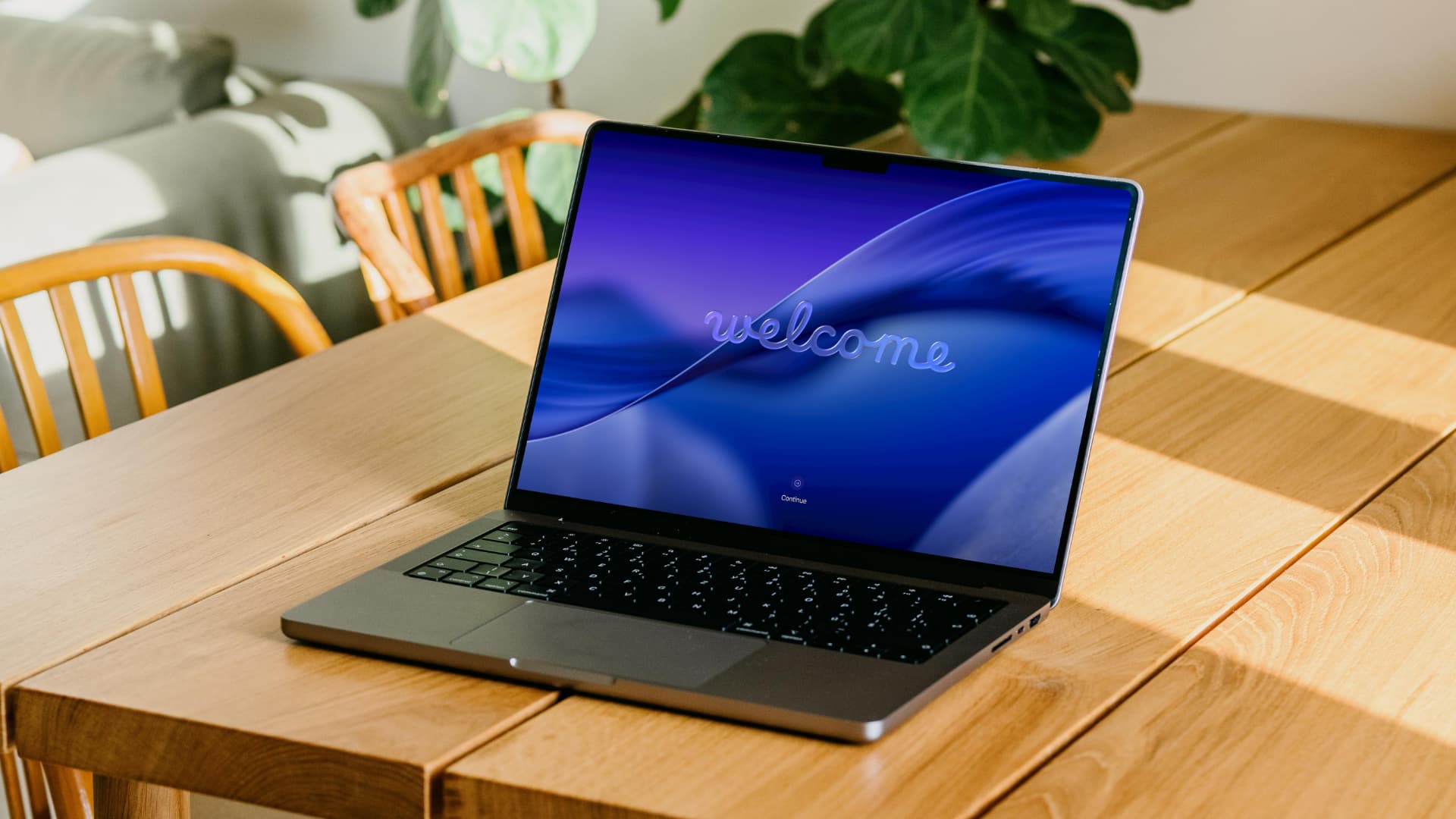How to install macOS Tahoe 26 on a different partition of your Mac

Learn how to download and install macOS Tahoe on a different drive partition of your Mac to try the new software without affecting your current setup.
Apple announced the latest version of macOS, called macOS Tahoe or macOS 26, at its annual Worldwide Developers Conference (WWDC) on June 9th 2025. This new software version is supported on all Apple silicon Macs and Intel Macs from 2019 or later.
If you want to try out the new macOS 26 Tahoe without messing up or even losing your current set up, you can install Tahoe on a different volume (partition) of your Mac’s internal drive, leaving your current macOS Sequoia setup untouched. Your Mac will have a second macOS version on a separate volume, allowing you to use both versions on the same machine.
Install macOS Tahoe on a different Mac partition
The entire process involves six simple steps, and we’ll walk you through them all.
- Create a new volume in your Mac’s internal drive
- Download the macOS Tahoe installer PKG file from Apple
- Install macOS InstallAssistant
- Install macOS Tahoe on the newly created volume
- Set up macOS Tahoe like you set up a new Mac
- Boot into whichever macOS versions you want
Step 1: Create a new volume in your Mac’s internal drive
We have a detailed tutorial covering everything you need to know about volumes (also referred to as partitions) on Mac, so we’ll keep things simple and to the point here.
1) Open Apple’s Disk Utility app on your Mac, select the internal disk from the top left, and click the plus button (+) to add a new volume.
2) Give a name to your new volume. I’m calling it “Tahoe.” Then, make sure it says “APFS” in the Format drop-down box, and click Add. You can assign a size for this volume using Size Options, but it’s best to leave it untouched.
3) Disk Utility will add this volume and display a confirmation when completed. Click Done and move to Step 2.
Step 2: Download the macOS Tahoe installer PKG file from Apple
As of the time of writing, macOS Tahoe is in the developer beta stage, and is therefore unavailable on the Mac App Store. So, click this direct Apple link to download the Installer PKG file on your Mac. It’s a huge 17 GB file, so it will take a while to download. As always, thanks, Mr. Macintosh, for the link.
If you want to learn more about getting the macOS installer, like the Terminal method, be sure to check out our previous guides on installing macOS Sequoia on a different volume and creating its bootable USB installer.
Step 3: Install macOS InstallAssistant
Once the full InstallAssistant.pkg file is downloaded to your Mac’s Downloads folder; double-click to open it and go through the simple install process. You don’t have to change the install location and can install it right on your current volume. After installation, choose to keep the installer file, instead of moving it to the trash; you can delete it once everything is done.
After the installation is successful, go to your Mac’s Launchpad or Applications folder in Finder, and you’ll see the “Install macOS Beta” or “Install macOS Tahoe Beta” app there. If you don’t see this, restart your Mac and follow Steps 2 and 3 again.
Step 4: Install macOS Tahoe on the newly created volume
You’re halfway there. Now comes the part of installing macOS Tahoe on a different volume or partition.
1) Go to your Mac’s Launchpad or Finder Applications folder and double-click the Install macOS Beta app. It will display the installation screen; click Continue and accept the terms and conditions.
2) You’ll now see the screen showing your Mac’s internal disk. Click the Show All Disks button here, select the second volume you created earlier in Step 1, and hit Continue.
3) Select an existing admin user as the owner of the new volume and hit Install. You can also copy your current account’s settings to this new macOS installation. Then, enter your Mac’s password to proceed.
4) Now, wait until the process is completed. You can use your Mac while this happens.
5) Once that’s done, click the Restart button and wait for macOS Tahoe developer beta to install. Your computer will automatically restart and show the Apple logo more than once during this process.
Step 5: Set up macOS Tahoe
Once the installation is complete, you’ll see the Mac’s setup screen, which is similar to when you power on a new Apple computer. Select your language and begin setting up macOS Tahoe 26.
A crucial step in this process is creating a new user account and setting up a password for it. If you’re the forgetful type, I recommend using the same password for this account as your existing Mac admin account. You can also sign in to your Apple Account so data from iCloud can sync apps like Notes, Reminders, etc.
Finally, you’ll see the welcome screen. Hit Continue to enjoy macOS Tahoe. Don’t forget to check out these tips to set up your new Mac like a pro. It includes enabling three-finger drag, activating Hot Corners, adding more virtual desktops, and a lot more.
Step 6: Boot into either macOS installation
Now that your Mac has two macOS versions installed on two different partitions, you can boot into either of them whenever you want.
The first method is to go to Mac’s System Settings > General > Startup Disk and select the other disk you want to boot into. Then, click the Unlock button and enter that volume’s user account password (the one you created in the previous step). Finally, click Restart to boot into that version of macOS. Your Mac will remember this preference and automatically boot into the chosen disk the next time you power it on.
The second method involves fully shutting down your Mac and then holding the power button until the “Loading startup options” message appears on the screen. Then, select one of the volumes and hit Continue to boot into it.
In rare cases, your Mac may not be able to determine which volume or macOS installation to boot into, and you may see the scary black “Recovery Assistant” screen. You don’t have to panic and reinstall macOS. Just click the Apple icon in the top left corner and choose Restart. This time, your computer should figure out your default startup disk and boot into it. If not, follow the second method above to select a bootup disk.
If you’re encountering issues, check out how to prepare your Mac for a new major macOS update, and then retry the above steps.
Source link: https://www.idownloadblog.com/2025/06/10/install-macos-tahoe-on-another-partition/



Leave a Reply